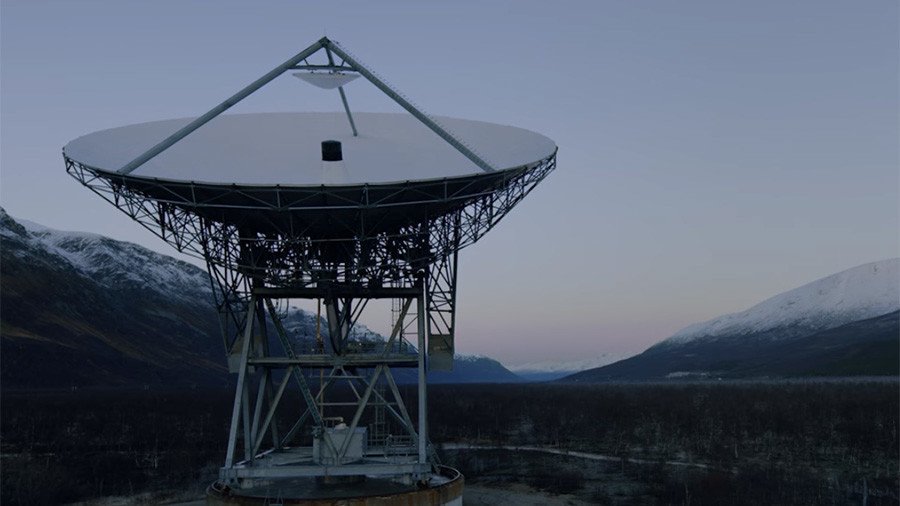Tune in, aliens: Scientists send electro music into space

Astronomers have beamed a set of electro music samples to an exoplanet outside our Solar System in the hope of receiving an answer from its inhabitants. The transmission contains a tutorial so that aliens can decode the Earth tunes.
In search of interstellar communication, alien hunters from the US-based research organization, Messaging Extraterrestrial Intelligence (METI) International, sent out a message to a potentially habitable planet some 117 trillion km away from us. “The movie ‘Close Encounters of the Third Kind’ suggested that music is a natural universal language. That really makes sense,” METI president Doug Vakoch says. “If you think about it, music at its core can be described in terms of mathematics and physics.”
In collaboration with the Spanish electronic music festival Sonar and the Institute of Space Studies of Catalonia (IEEC), METI selected 18 musical pieces of 10 seconds each, which had been transmitted from the EISCAT antenna in Tromso, Norway back in October.
However, "you cannot hope that aliens will understand MP3 technology," according to the IEEC director and astronomer Ignasi Ribas, so the message had to be encoded in a binary system of two alternating frequencies of 125 times per second. To help aliens interpret the music, the METI developed a tutorial on the basic ideas of arithmetic, geometry, trigonometry, description of sound waves, as well as of time and clocks.
“In the past when people have sent messages into space, it wasn’t clear where you should send it. Now is an excellent time to be sending signals to other worlds, because now we know which worlds to target,” Vakoch says. The GJ273b exoplanet, orbiting a red dwarf, Luyten’s Star, some 12.4 light years from Earth, is said to potentially harbour life. While Vakoch pins hopes to get a response in 25 years, scientists cannot be completely sure “whether there is life on the surface of that planet or whether it has evolved to become complex and eventually intelligent," Ribas cautions.
Still, "unless we try, we will never start communicating,” Ribas added. "This is an experiment that says ‘Hello, we are here. So, if you want to respond we will be listening,’" he said, as quoted by Wired magazine.
The project is set to beam another compilation of messages in April 2018, containing an additional 15 musical clips, three of which will be chosen from the audience. While the METI researchers are enthusiastic about making contact beyond our planet, others appear to be quite skeptical. “It’s like shouting in a forest before you know if there are tigers, lions, and bears or other dangerous animals there,” a University of California at Berkeley SETI (search for extraterrestrial intelligence) researcher Dan Werthimer. “Ninety-eight percent of astronomers and SETI researchers, including myself, think that METI is potentially dangerous, and not a good idea,” New Scientist quoted Werthimer as saying.













